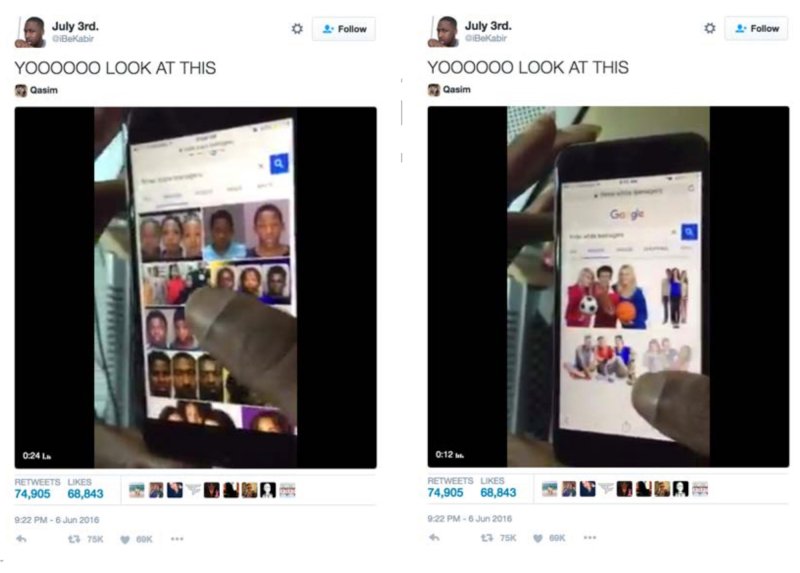Manasa Rath successfully defends her dissertation

Our Ph.D. student, Manasa Rath, has successfully defended her dissertation titled “Assessing the quality of user-generated content in the presence of automated quality scores”. The committee included Chirag Shah (University of Washington, Chair), Vivek Singh (Rutgers University), Kaitlin Costello (Rutgers University), and Sanda Erdelez (Simmons University).
Students seek online crowdsource to fulfill their academic course requirements
Manasa investigated the quality of those user-generated content whether it is correct, credible, clear, and complete using her developed framework. The framework has been validated with multiple experts in the field. She then generated an automation to score the content accordingly and conduct a user study on 45 undergraduate students to see how and to what extent do users considered the role of quality while completing the task provided.
Abstract
With the proliferation in participatory web culture, individuals not only create but also consume content present in crowdsourced environments such as blogs, question-answering systems. Studies have revealed users often employ the content present in them to make a range of choices, from issues in everyday life to important life decisions, without paying much attention to the quality. In the recent years, studies have demonstrated K-12 students’ over reliance on these crowdsourced sites to fulfill their academic course requirements. Therefore, it is important to evaluate users’ cognizance while evaluating the quality of content in these venues. But before identifying to what extent do users make use of quality while evaluating user-generated content, it is important to learn what constitutes of quality. To address these issues, this dissertation expounds to the problems in a three-step process. First, the dissertation begins by developing a conceptual framework for evaluating quality of user-generated content consisting of constructs such as correct, credible, clear, and complete. The second step involves validating the framework with the help of twelve experts i.e. librarians to attest the developed framework and using this validation to come to generate automated methodologies to evaluate the quality of content to provide quality scores. To further investigate, the third step delves deeper into users’ reliance on the automated quality scores by conducting a user study. 45 undergraduate students were recruited to investigate their use of automated quality scores while completing their tasks under three conditions – users provided with genuine quality scores, users provided with manipulated quality scores, and users provided with no quality scores (control). As prior research has indicated users task completion is dependent on the task-type provided, this user study involves providing users with different task types such as ranking and synthesis in the presence of quality scores. To further comprehend users’ use of quality scores while completing the tasks, the author makes use of eye-tracking metrics such as total number of gazes, gaze duration, and the number of gazes on the quality scores to evaluate their use by the users. Analyses was performed with the help of fixation data, users’ responses to pre and post task questionnaires, along with task scenarios along with interview transcripts. ANOVA and other statistical analyses were conducted and no statistical differences were found between users’ use of quality scores and the type of task. It was also found that users primarily considered the constructs – correct and credible from the charts from the qualitative data. Additionally, it was also found that users made use of the quality scores primarily when they had little familiarity with the topic. The study provided insights into how and to what extent do users considered the role of quality while completing the task provided. The contribution of this human information behavior study is of twofold: users’ reliance on an automated score provided by an intelligent tool along with studying users’ confidence in considering quality in evaluating user-generated content.



